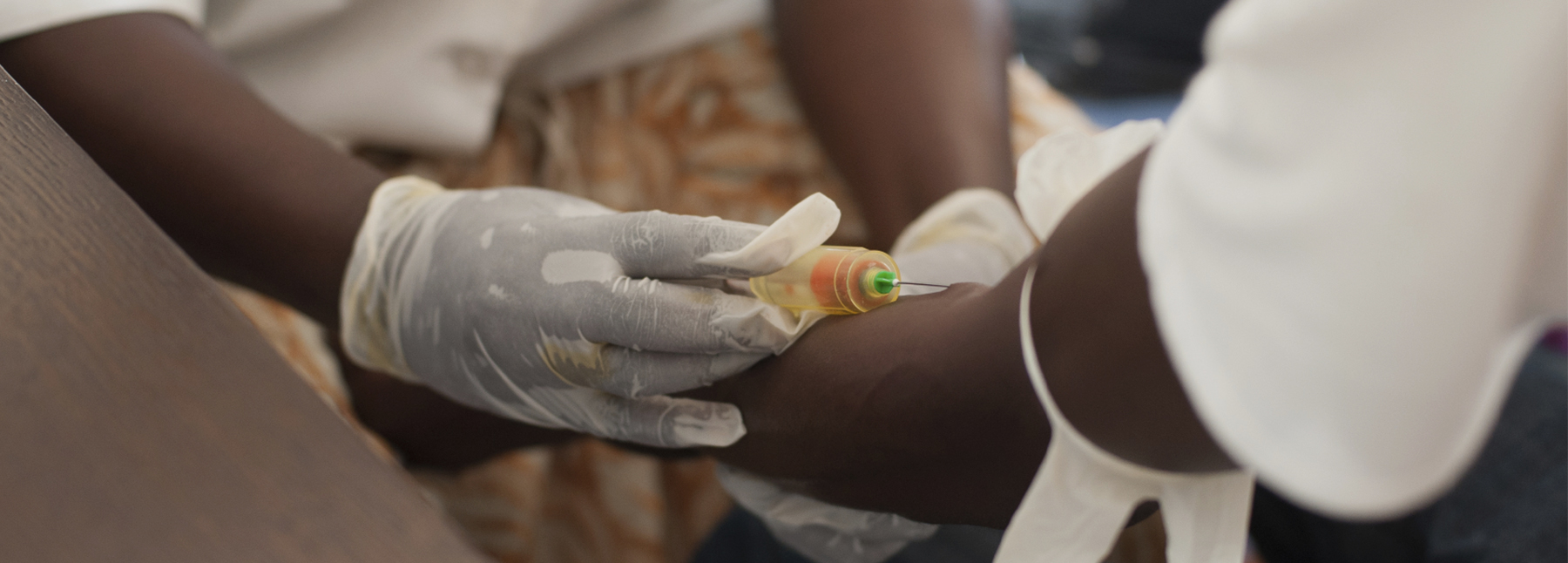Angola is experiencing its worst yellow fever outbreak in 30 years. The death toll from the outbreak, which began in the capital city of Luanda in December, has risen to 225 with an estimated 1,600 infected.
However supplies of the vaccine are low, according to the WHO (which sent 6 million doses of the vaccine to Angola) the global emergency stockpile of vaccines is already empty.
Yellow fever key facts (Source WHO)
- Yellow fever is an acute viral haemorrhagic disease transmitted by infected mosquitoes. The "yellow" in the name refers to the jaundice that affects some patients.
- Up to 50% of severely affected persons without treatment will die from yellow fever.
- According to the recent analysis, there are an estimated 84 000–170 000 cases and up to 60 000 deaths due to yellow fever per year.
- The virus is endemic in tropical areas of Africa and Latin America, with a combined population of over 900 million people.
- The number of yellow fever cases has been decreasing over the past 10 years since the launch of Yellow Fever Initiative in 2006.
- There is no specific treatment for yellow fever. Treatment is symptomatic, aimed at reducing the symptoms for the comfort of the patient.
- Vaccination is the most important preventive measure against yellow fever. The vaccine is safe, affordable, and highly effective. A single dose of yellow fever vaccine is sufficient to confer sustained immunity and life-long protection against yellow fever disease and a booster dose of yellow fever vaccine is not needed. The vaccine provides effective immunity within 30 days for 99% of persons vaccinated.
Signs and symptoms
However, 15% of patients enter a second, more toxic phase within 24 hours of the initial remission. High fever returns and several body systems are affected. The patient rapidly develops jaundice and complains of abdominal pain with vomiting. Half of the patients who enter the toxic phase die within 10 to 14 days, the rest recover without significant organ damage.
Populations at risk
Small numbers of imported cases occur in countries free of yellow fever.
Transmission
Treatment
Prevention
Vaccination is the single most important measure for preventing yellow fever. In high-risk areas where vaccination coverage is low, prompt recognition and control of outbreaks through immunisation is critical to prevent epidemics. To prevent outbreaks throughout affected regions, vaccination coverage must reach at least 60% to 80% of a population at risk.
A single dose of yellow fever vaccine is sufficient to confer sustained immunity and life-long protection against yellow fever disease and a booster dose of yellow fever vaccine is not needed.
People who should not be vaccinated include:
- Infants aged less than 9 months (with the exception that infants aged 6-9 months should be vaccinated during an epidemic where the risk of disease is higher than the risk of an adverse effect of the vaccine);
- Pregnant women – except during a yellow fever outbreak when the risk of infection is high;
- People with severe allergies to egg protein
- People with severe immunodeficiency due to symptomatic HIV/AIDS or other causes, or in the presence of a thymus disorder.
- If you are planning to travel to an area where you may be at risk of yellow fever, make sure you are vaccinated before making your trip.
Under regulations set out by the WHO, anyone travelling to a country or area where there is a risk of picking up or spreading the virus that causes yellow fever must have an International Certificate of Vaccination or Prophylaxis (ICVP)
For a list of all countries which require an ICVP, click here.
- "All Allianz Worldwide Care insured members residing in an endemic yellow fever country are fully covered for the vaccination and/or treatment after infection." Dr. Ulrike Sucher, Medical Director at Allianz Worldwide Care.
If you are an employer and would like more information on international health insurance plans for employees, please visit:
→ Corporate Group Scheme International Health Insurance
For an individual international health insurance quote, please visit:
→ International health insurance



